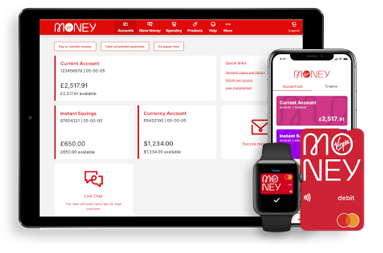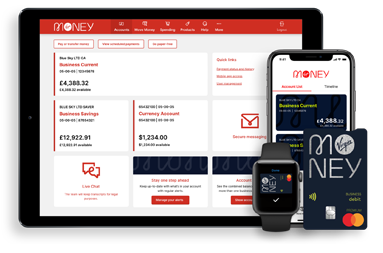How to get honest feedback from your customers
< back to all business news articles
20/03/2018
To get useful feedback from your customers, you need three things. First, put in place a system of continual feedback. Then document appropriate opportunities to collect feedback without the customer being inconvenienced. And third, ask the right questions to get information that will be useful, instead of interesting.

But it’s often difficult to get honest feedback. Most of us will try and avoid conflict if we can. A good example is responding ‘yes thanks’ to ‘did you enjoy your meal?’ when you’re disappointed. It’s easier to vote with your feet and never return, than complain and have to go through the issue of explaining what was wrong and why.
Document feedback opportunities
First view your business as you would if you were one of your customers. Document every step a customer would take where there is a ‘touch point’, which is a chance to collect what they’re thinking. It may be from a physical visit to your business, calling on the phone, your website, talking to staff or new forms of communication via apps and chat bots. Complete this ‘end to end’, from first contact, to providing product or service information, to the selling process and then any after sale service.
It’s a good idea to get your employees to go through the process as well. Not only do they have the best interests of your business at heart, but it’s a good opportunity for them to make suggestions to you – they may have ideas of their own for improvement.
Collecting feedback is best when it’s built into your everyday customer service process.
Undercover collection methods
For each of these points of contact you’ve identified, set up an opportunity to collect feedback, ideally without the customer knowing. People are much more likely to be open if it’s a conversation rather than a formal survey or questionnaire. Instead of in-store or online questionnaires, email surveys, or suggestion boxes, integrate questions into your business.
For example:
- Initial contact and marketing; to ask “is there anything we don’t provide that you think we should”?
- Conversation when selling; to ask “what are you really looking for”?
- Post sales phone call; to ask “what do you think we could do differently?”
- Monitoring and replying to social media posts or blogs
Asking the right questions
The idea is to ask smart, relevant and open-ended questions where customers cannot respond with a yes or no. After all, you want their opinions rather than standard responses.
- Be clear and precise. For example, “how often do you buy our product?” is vague and will result in worthless information because customers will interpret ‘often’ in different ways. A better way to ask this question would be “in a typical month, how often would you buy from our company?”
- Phrase your questions as if you were actually talking to your customers face to face. It can be as simple as asking “what do you like, and what do you think we could improve”?
- Avoid words that indicate negative bias. For example asking “what did you dislike about the service you received?” has a negative bias. You’re assuming they disliked what you did. You’re better to phrase it “is there anything that you’d like us to do differently.”
You should keep your questions as brief as possible so it’s viewed as part of the relationship rather than an official survey.
Try out different methods of collecting feedback to see what works best for your business. Once you’ve got the number of responses you need, it’s time to review them and then take action. Even if the feedback’s more negative than you’d hoped, you still have to take them at face value and act on them. If the responses are negative, try to see the whole exercise as an opportunity to make positive improvements to your customer experience.
Summary
Whether your customers are too busy, distracted or embarrassed to say what they really think, you’re probably not getting the honest answers you need to help improve your business. Often businesses will lose customers over time, as they drift away unhappily but never complaining until it’s too late.
That’s why it’s important to integrate an honest feedback mechanism into your daily customer contact.
POSTED IN: Growth,Marketing
SHARE
Related Articles
You can find impartial information and guidance on money matters on the “MoneyHelper” website.
Clydesdale Bank is covered by the Financial Services Compensation Scheme (FSCS), Find out more.


